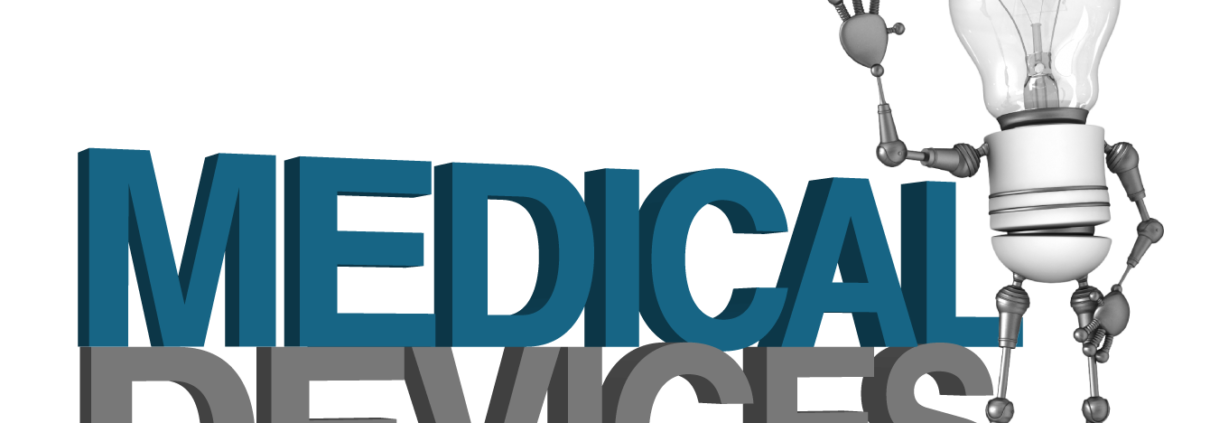Bioabsorbable Medical Device Manufacturing: Poly-Med Approach to Product Development
Leading a medical device product development project is always exciting, especially when you are in the resorbable polymer space! One of the most significant milestones is the Design Verification and Validation stage, which requires clinical evaluation.
Answering probing questions is imperative for any medical device product that is being developed, but it becomes even more significant, and challenging, for a novel, marketable, and resorbable device/component. In fact, Poly-Med, being the leader in resorbable materials, understands the importance of this milestone for a clinical trial, and as such, has become the pioneer in developing resorbable components and devices that can perform (at a minimum) like their non-resorbable counterparts, while ensuring the novel device meets unmet market needs.
Poly-Med’s approach to a successful clinical trial, is to set up the design inputs, while planning for verification and validation testing. The biggest challenge for a clinical trial coming up for any device, including resorbables, is having design inputs that will ensure your designed medical device meets the intended uses, as well as the user needs, while still ensuring your processes can meet rigorous design inputs.
Some of the most common items that can be overlooked during the development of a medical device, that are critical for the clinical trials, really fall into the following categories:
– Unclear definition of user needs for the resorbable device
– Not capturing all performance, functional, regulatory, and safety requirements that are required due to the use of a resorbable material
– Ensuring your acceptance criteria (or final device specifications) meet the user need and performance of the device
In addition, without the resources, processes, design inputs, and plan, product development can become an iterative process, which ultimately, will cause scope, time, and going over budget. In summary, the critical task is developing new (scalable, efficient) processes that will allow you to meet your functional design inputs, while still meeting your milestones and budget.
Here is what makes Poly-Med successful during a medical device product development project:
– Resources: Design Verification testing. Without a good plan, things can swirl out of control. Planning for enough resources to keep testing under control, to ensure meeting your other milestones, is critical.
– A Design Verification Plan: Having a strong plan will ensure meeting your milestones and avoiding scope creep. Hence, why it is ideal to start thinking about how you would do Design Verification as you are defining your Design Inputs – this will aid with having a strong, successful Design Verification plan.
– A Good Team: Work ethic is the most important attribute the individuals at Poly-Med have. This allows the teams to create solutions efficiently and fast.
– A Strong Quality Team: Poly-Med’s quality team always ensures the device/component is meeting your Design Controls, which are critical for the success of the project.
If you are interested in learning how Poly-Med can take your idea and translate it into a first-in-class resorbable medical device contact us today!



